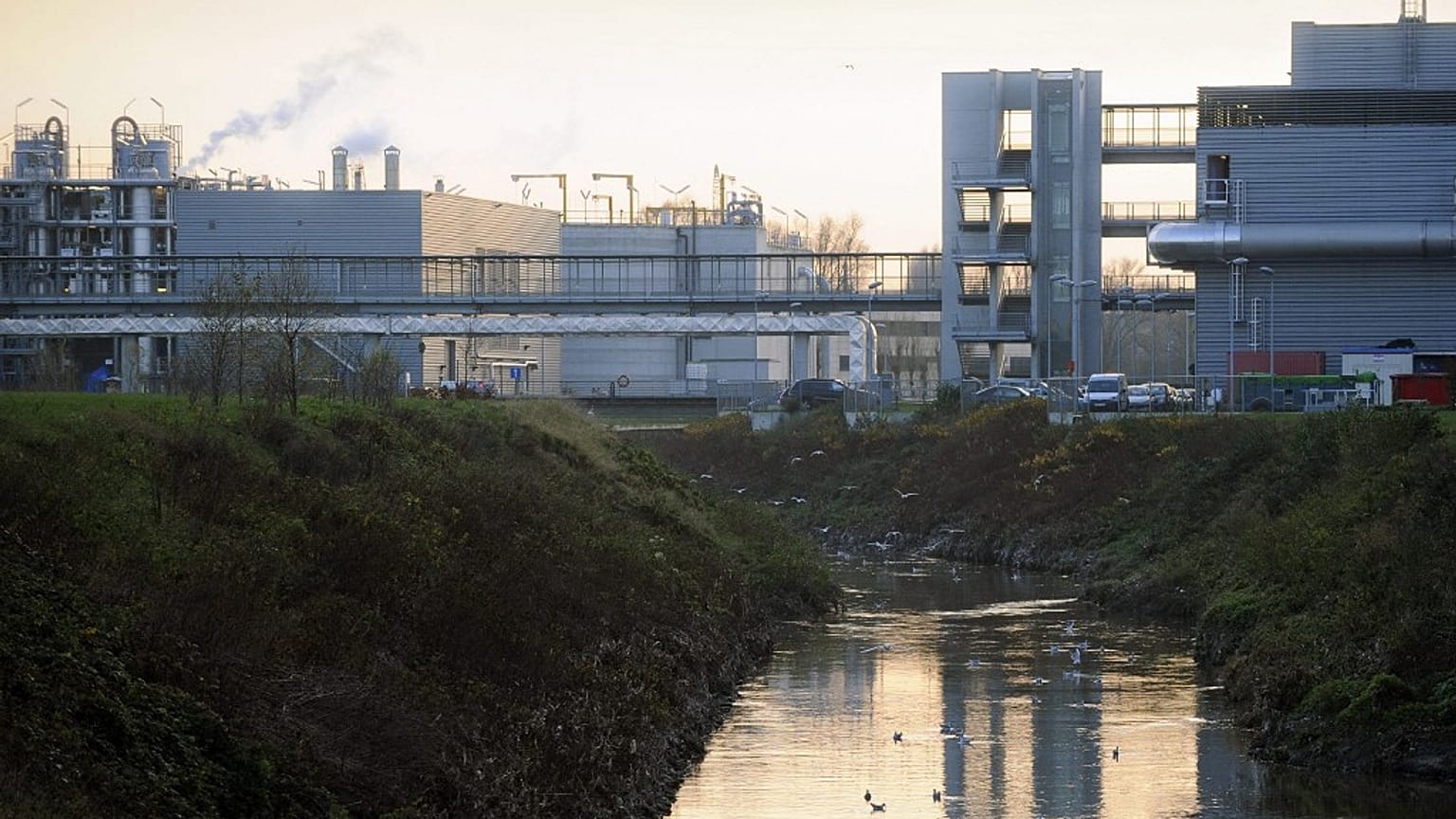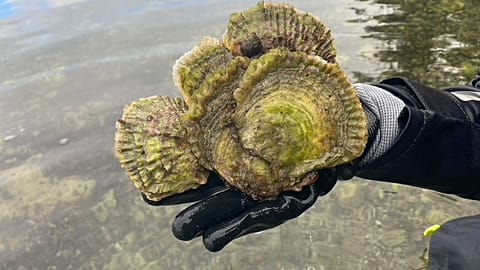The Belgian capital has been cleaning up and reviving its hidden river, which was previously covered in concrete, in a bid to "bring nature back to the city".
Not to be confused with Paris’s famous waterway, Brussels also has its very own river Senne.
For Baudelaire, in the 19th century, the Senne River in Brussels was nothing more than "a large latrine". Brussels built over the landmark, using it to form part of the city's sewerage system.
Over the last few years, however, authorities have begun cleaning up and reviving the hidden river, which was covered in concrete, to "bring nature back to the city".
The Senne is about 100 kilometres long, with about 15 km in the urban area of Brussels, two-thirds of which are enclosed in concrete formwork.
But the new 200-metre stretch of open water inaugurated on Tuesday does not yet fundamentally change its reputation as an "invisible" river.
The Senne's source is about 40 kilometres from Brussels, in the countryside.
Residents earned the nickname of "Zinnek-ah", a term that comes from Middle age slang to describe the stray dogs that used to hang around the river.
"This river is important because it plays an important role in the water cycle," said Aude Hendrick, curator of the Brussels Sewer Museum.
"Beyond the city of Brussels, it is responsible for the entire water cycle of the three regions of the country, because it flows through them and then drains all this water into the North Sea, which is where some of us go on our holidays. And so, for me, it's really a matter with the utmost importance that goes beyond the city of Brussels."
In the city centre, a promenade along the Senne is currently only possible for about 600 metres. The rest will have to remain underground as important infrastructure now lies up the river's route.
But on the outskirts where the river resurfaces from beneath the concrete jungle, a much more fitting waterway is planned for the hidden river.


















